The World Monuments Fund Britain is a leading non-governmental organisation for the conservation and protection of cultural heritage, and the largest affiliate of the WMF in New York. This summer has seen significant restructuring and staff cuts at both offices, which the organisation has defended as a rationalisation of its activities in light of reduced funding. We spoke to the WMFB’s executive director John Darlington to find out more about the organisation’s work, and its future.
What does the World Monuments Fund Britain do?
In a nutshell, we are a charity that champions and breathes new life into extraordinary heritage – mainly buildings, but monuments as well – in Britain and across the globe. We’re about finding new uses for heritage which has fallen out of use, or is struggling to identify what its future is. An injection of adrenaline – that’s what we seek to be.
How do you identify which projects to work on? Do you propose them or do people approach you?
Every two years we have our international Watch List programme, and we put out a call for heritage that needs our help. But actually it’s a pretty constant process where we’re scanning what’s happening: looking at buildings at risk; looking at the news to see where heritage is in danger; and at the same time making ourselves increasingly visible to people. So it works both ways, we go out and seek sites when we can see there’s an issue, and people come to us.
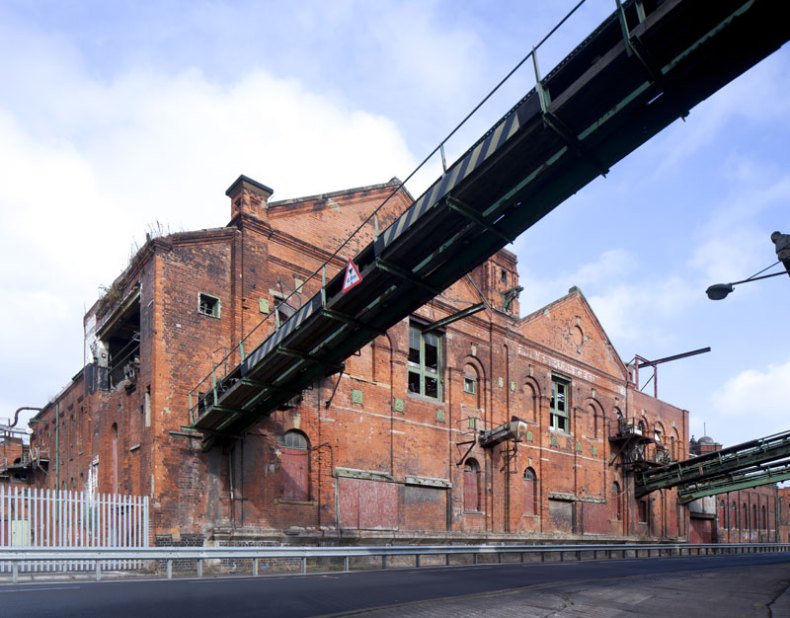
An exterior view of the Grimsby Ice Factory. Photo © Andy Marshall
Do you collaborate with other organisations?
Yes, that’s part of our DNA. We’re not parachuting in, doing the job and then running away: we work with partner organisations and bring funding, expertise and experience. Think of the environment we’re living in now, with local authorities creating lots of new heritage trusts, essentially as a way of reducing core costs and managing their responsibilities in a different way … We can help those trusts, which might not have much experience at all, or very specific experience, to think about the future. So it’s all about partnerships. The example most recently in the news has been our work with Save Britain’s Heritage and a trust in Grimsby to stand up for the absolutely outstanding ice-factory and dock buildings in the old port.
You focus on projects within the UK, but you’re also involved in projects further afield…
Yes, at the moment we’ve got about eight or so live projects in the UK, of varying sizes, and we have one or two abroad. One we’re just finishing up on at the moment is the cathedral in Stone Town, Zanzibar. The cathedral was deliberately built on the site of the last permanent slave market in east Africa, so it’s a marker to remember slavery. The building was suffering very badly from weathering and structural issues. We’ve been working with local partners to restore it, mainly by training local – largely Muslim, actually – stonemasons to do the work, as well as coordinating funding [for the project] from the European Union.
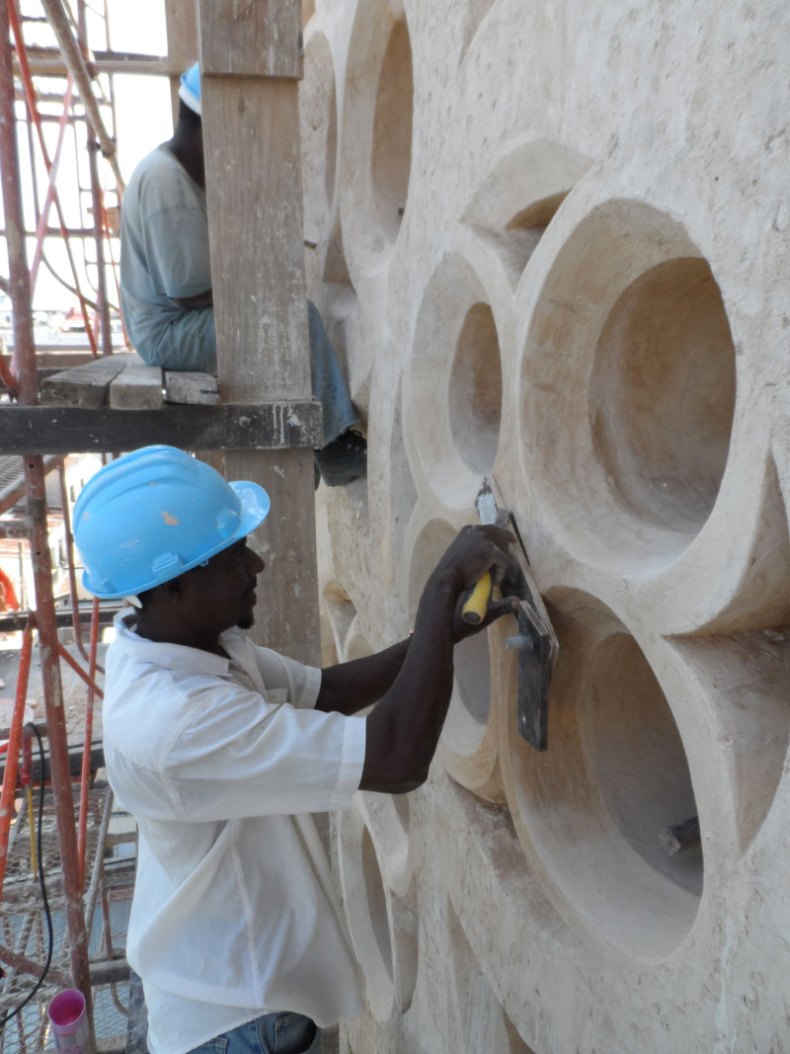
Christ Church Cathedral in Zanzibar, where the WMF have run a project to train local conservation stonemasons
You’re not government funded – where does your funding come from?
A number of different sources. We have some core funding which we receive each year, largely from a specific endowment for work in Britain from America. We have a group of supporters here in the UK who are very valuable to us – we draw upon them for projects which will suit what they’re interested in. And we fundraise as well.
Has the EU referendum result had an affect on any of your projects?
Not yet… Zanzibar wouldn’t have happened without EU funding, and obviously with the UK not being part of the European Union, we won’t be able to draw on that funding in the future. But we’ll wait and see what the actual impact is of Brexit. I think it’s going to be more economically driven than anything else in terms of the impact on heritage. The overall determiner is how the UK economy is doing, whether it’s in or out of Europe. A thriving economy means lots of development, which leads to plenty of activity in the heritage sector, including money for people to visit, renew or restore. But if we have an economic downturn there’s a different set of circumstances.
How does the British arm of the World Monuments Fund tie in with the US one? Do you work very closely together?
We do, yes. We’re the largest affiliate group from the World Monuments Fund. We try to coordinate our work together. For example, there’s great potential and interest in the UK to raise awareness and funding for the restoration of Syrian monuments. We’ve got lots of good connections, and therefore it makes sense for us to be working very closely with our colleagues in New York to coordinate that work.
There have been staff and funding cuts at the World Monuments Fund this summer. To what extent is that likely to affect the scope of your work?
We benefited hugely from a generous donation from Robert Wilson. We’re unlikely to come across the same kind of $100 million funding package [again] – that’s a rare thing indeed – so both myself in the UK and my colleagues in New York are looking at how we can inspire a wider group of people to support historic buildings and monuments in need. Our remit is about looking after extraordinary heritage. But if we can make sure that we are looking after extraordinary heritage that has great economic benefits, that has training and skills benefits, that has tourism benefits as well, we could double or triple the impact and reach of our investments.
We have reduced the administrative structure of World Monuments Fund Britain by over a half. There’s a trend for charities, as they get bigger, to need more resources to feed the core machine. We’re trying to move away from that model and get to a team that is very fleet of foot, and very experienced, [so] that all our energy and effort goes into the purpose of the charity: championing and supporting others to look after extraordinary heritage.
In your experience, is public interest in heritage increasing?
Yes, I think it is. I think people are responding to globalisation, to the homogenisation of culture. [If] I go to a place, I don’t necessarily want it to look and feel the same. I don’t want Blackburn to look like Burnley or Bournemouth; I want it to be Blackburn and to have something characteristic or distinctive. That’s what heritage does: it tells a unique story which connects people to a place, and I think that diversity is increasingly important in an age where you can walk down a high street and see the same brands everywhere. People are responding against that. The more the pace of the modern world changes and swirls around the more interested people become in the rootedness of the places where they live.
What are the most serious challenges facing world heritage today?
When I look at heritage concerns in the UK my benchmark is actually quite high. I’m concerned with how to design a road scheme around a building, or the best way to restore a plaster ceiling; yet if you go to Mali, Libya or Syria, the concerns are at a completely different level. In terms of threats, there are ones around Isis and deliberate cultural destruction – people making a statement. People have always destroyed heritage in war zones but it seems to be particularly visible at the moment because of the way global communications work. There’s catastrophe as well [such as the] earthquakes in Japan or most recently Italy. How do we find the best way to help people and heritage in those places? And then I suppose the third one is always going to be around: economy. If local economies are doing well, that can have both a good and a bad impact on heritage. Take Cuba for example. The country is opening up at the moment, and there’s already substantial investment pouring in, alongside rapidly increasing tourism What is the impact of that going to be upon Cuban heritage? What are the controls in place to ensure that Cuba’s distinctive historic buildings and monuments are not swept away by bland new development?
What’s next in the pipeline at the World Monuments Fund Britain?
One new project is Charlton House, Greenwich, which is one of southeast England’s finest Jacobean buildings, but one which very few people have heard of. [It was] handed over to a dynamic local trust a couple of years ago and they wish to restore it and bring its fascinating past to life. There’s a local community that loves it already, but it is in real need of conservation attention and it is currently difficult to appreciate its historic value because of its condition and the way it has been managed in the past. We are also looking at a medieval monastery in Wales called Strata Florida: a Cistercian ruin famous for being a centre for early Welsh poetry and writing, and where a large number of early Welsh princes were buried. It’s a cheesy description, but it’s the Westminster Abbey of Wales.
Unlimited access from just $16 every 3 months
Subscribe to get unlimited and exclusive access to the top art stories, interviews and exhibition reviews.

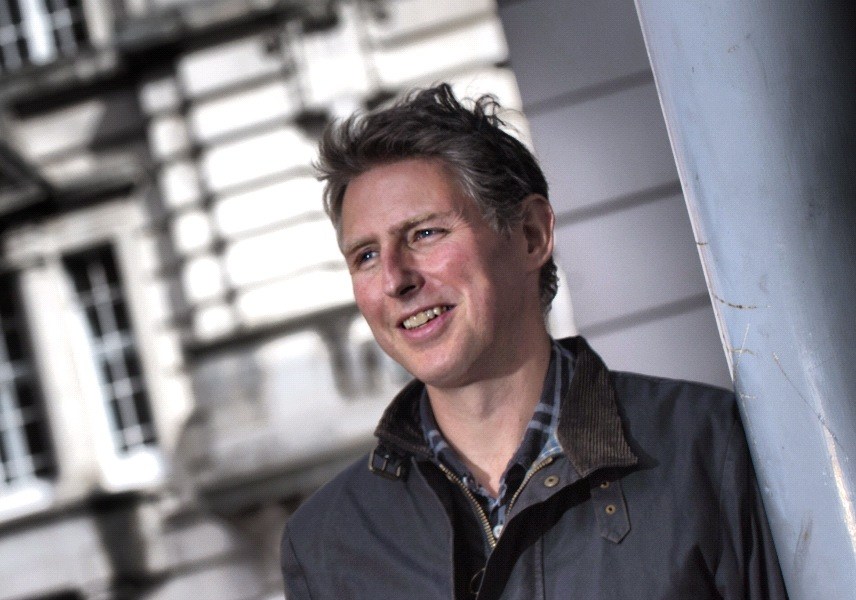
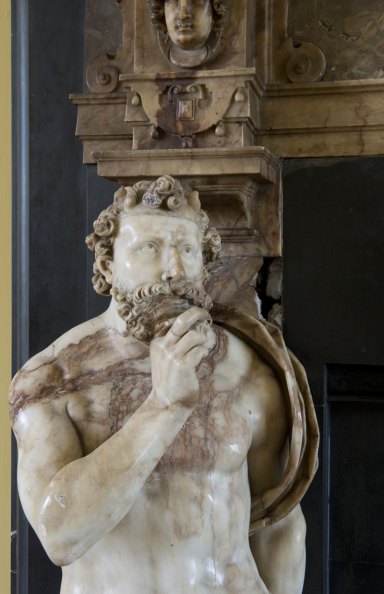
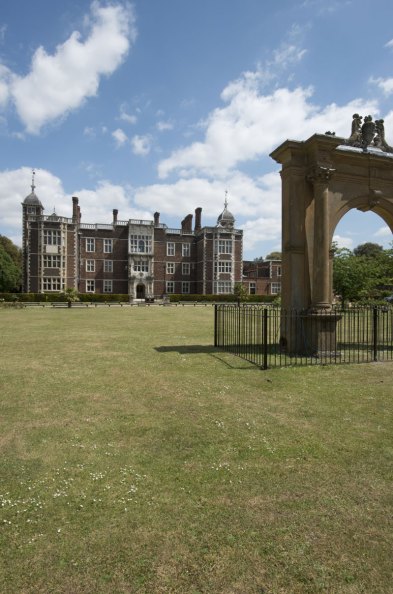
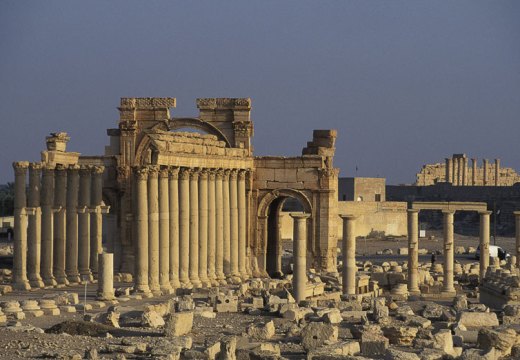
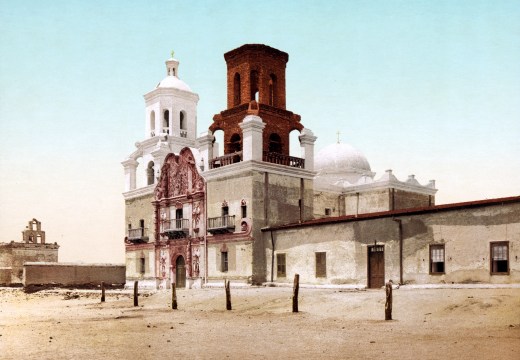
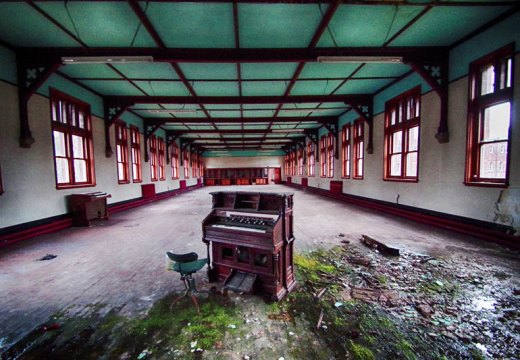









![Masterpiece [Re]discovery 2022. Photo: Ben Fisher Photography, courtesy of Masterpiece London](http://www.apollo-magazine.com/wp-content/uploads/2022/07/MPL2022_4263.jpg)
It’s time for the government of London to return to its rightful home